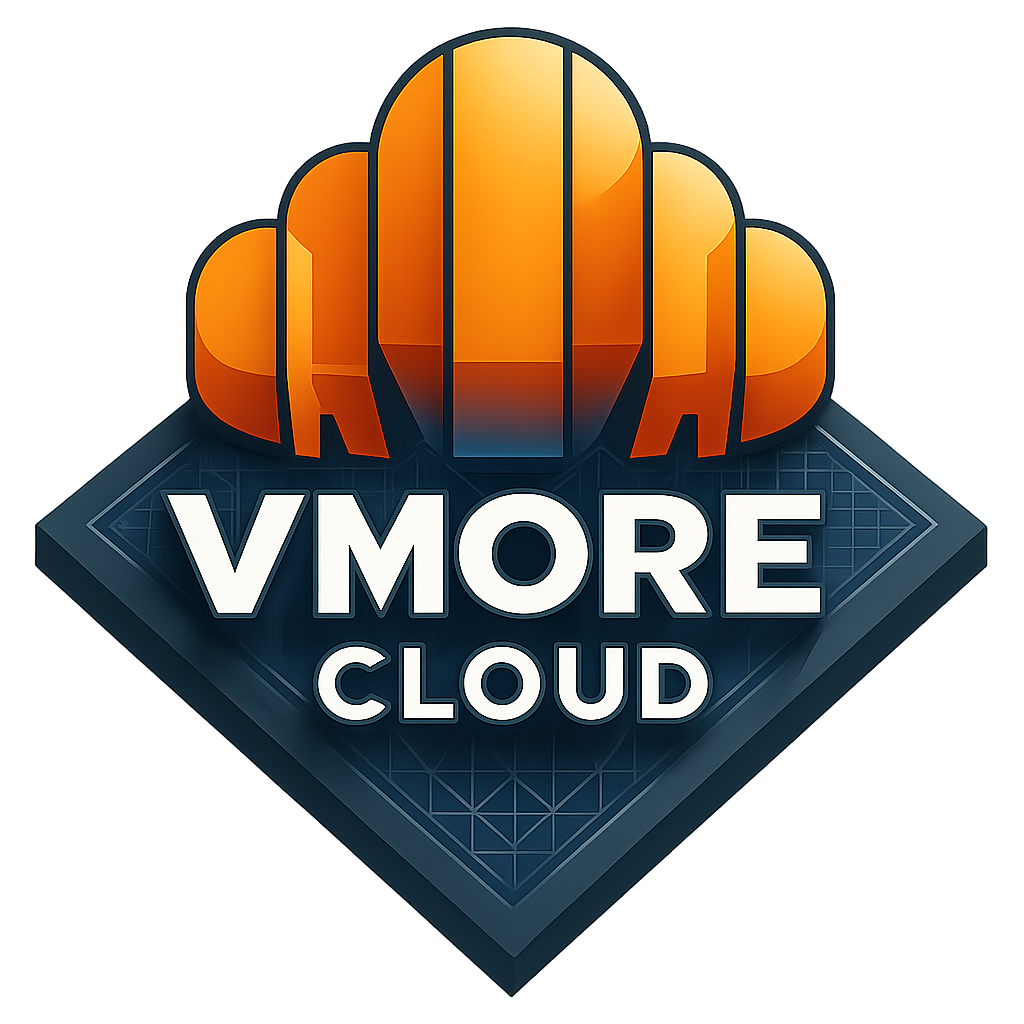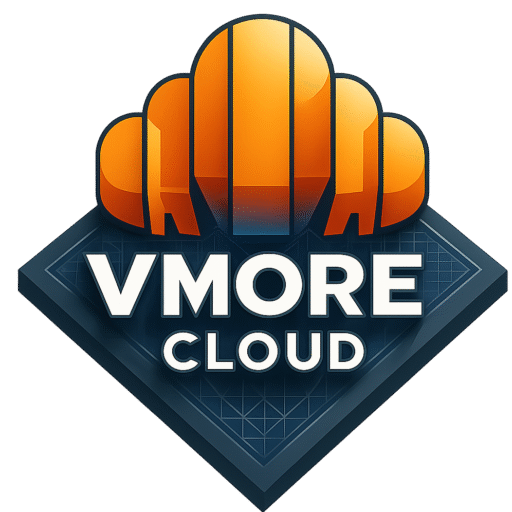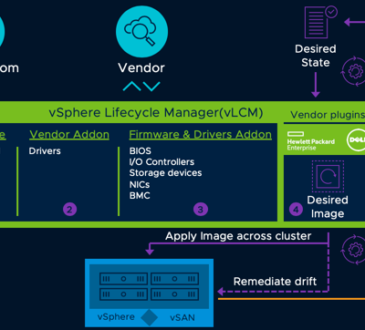Introduction
Managing virtual machine (VM) templates effectively is a crucial part of streamlining your IT infrastructure, especially in a virtualized environment such as VMware vSphere. VM templates in a content library allow you to store, deploy, and manage standardized VM configurations for quicker provisioning. This blog post will guide you through the process of managing VM templates in a content library, from creating templates to leveraging them in your VMware environment.
By the end of this tutorial, you’ll know how to:
- Create and manage VM templates in a content library.
- Deploy VM templates from a content library.
- Optimize your content library for efficient VM management.
Let’s dive into the lab tutorial and the steps involved!
Understanding Content Libraries in VMware
A Content Library is a centralized location for storing VM templates, ISO images, scripts, and other files that can be shared across multiple vCenter Server instances. The main benefits of using content libraries include:
- Simplified VM template management.
- Ability to share templates between different vCenter instances.
- Faster VM provisioning with standardized templates.
VM templates stored in a content library are stored in an optimized format, ensuring consistency in deployments.
Lab Tutorial: Managing VM Templates in a Content Library
Prerequisites:
- VMware vCenter Server.
- VMware vSphere Client access.
- Admin access to the vCenter Server.
- At least one ESXi host configured and connected.
Step 1: Create a Content Library
Log in to the vSphere Client.
Navigate to Menu > Content Libraries. Click Create a New Content Library. Provide a Name for the content library, select a Type (Local or subscribed), and choose a Location for storage (Local or remote storage). Click Next and then Finish to create the library.
Step 2: Upload VM Templates to the Content Library
After the content library is created, select it from the Content Libraries page.
Click the Actions menu and select Import.
Choose VM Template as the import type and select the VM template file from your local machine.
Click Next to upload and store the template in the content library.
Step 3: Deploy a VM Template from the Content Library
Once the VM template is uploaded, navigate to VMs and Templates.
Right-click the VM Template you want to deploy and select Deploy VM from Template.
Follow the wizard to select the datastore, network settings, and resource pool.
Once the settings are complete, click Finish to deploy the VM.
Step 4: Version Control for Templates
VM templates can evolve over time. If a template is modified or updated, it’s important to maintain version control:
Go to the Content Library and select the template you want to version.
Use the Actions menu to either Update or Delete the template, depending on whether you’re updating the existing template or creating a new version.
Step 5: Synchronize Content Libraries Across vCenter Servers
In a multi-vCenter environment, syncing content libraries is essential for sharing VM templates across datacenters:
- Open the Content Library and select the Sync option to synchronize between vCenters.
- Once synced, the templates are available across all connected vCenter Servers.
Best Practices for Managing VM Templates in Content Libraries
- Standardize Templates: Ensure that all VM templates follow the same configuration standards to ensure uniformity and consistency.
- Use Version Control: Regularly update templates and use version control to keep track of changes. This ensures you can easily revert to previous versions if necessary.
- Organize Templates: Use folders and naming conventions to categorize VM templates effectively. This helps with scalability and ensures easy management.
- Monitor Storage: As content libraries can store large files, it’s important to monitor storage usage to prevent any performance issues.
- Automation: Leverage automation tools like vSphere Auto Deploy to streamline the provisioning of VMs from templates.
Conclusion
Managing VM templates in a content library is an efficient and scalable way to handle virtual machine deployments in your VMware environment. With the ability to easily update templates, sync content libraries across multiple vCenter Servers, and keep your deployments consistent, VMware’s content libraries provide a robust solution for any enterprise.
By following the steps in this blog post, you’ll be well on your way to mastering the management of VM templates and optimizing your virtual infrastructure.
- Design






